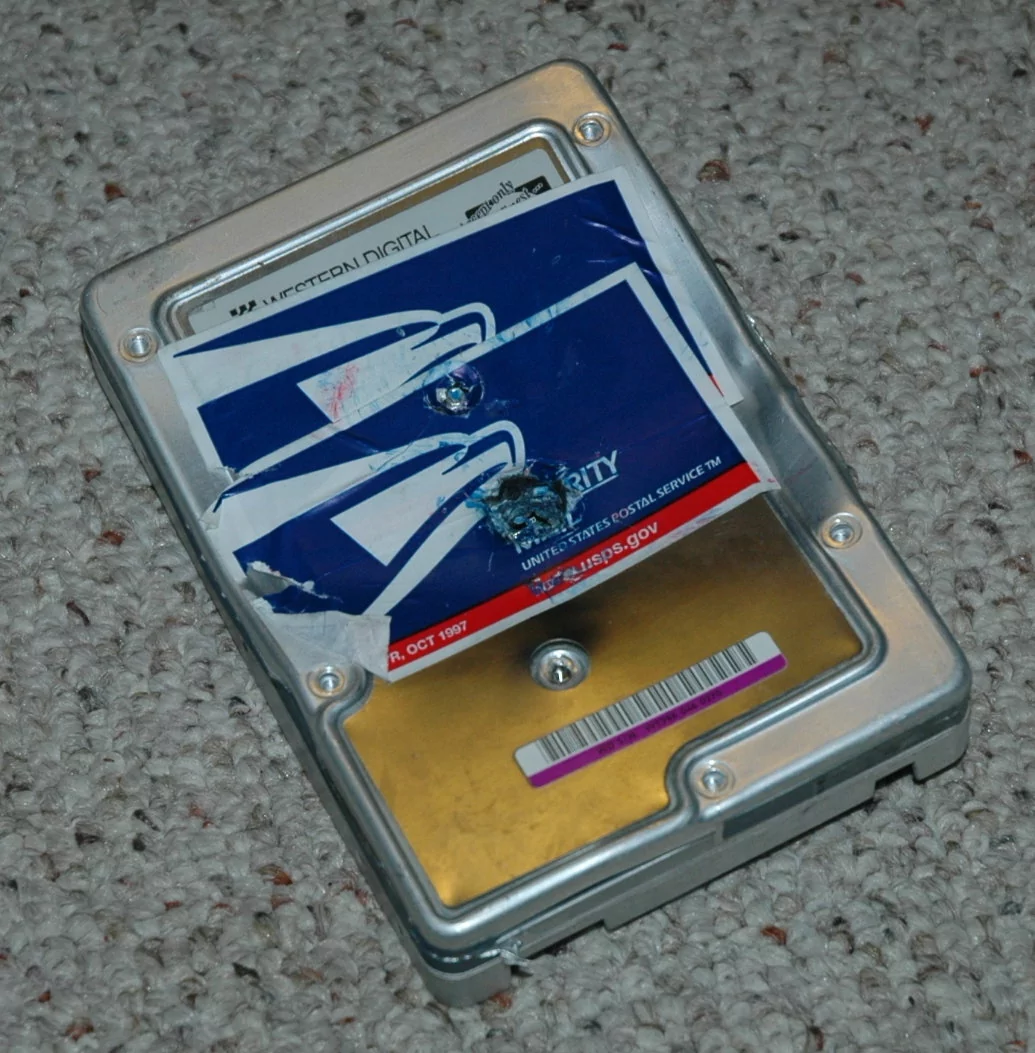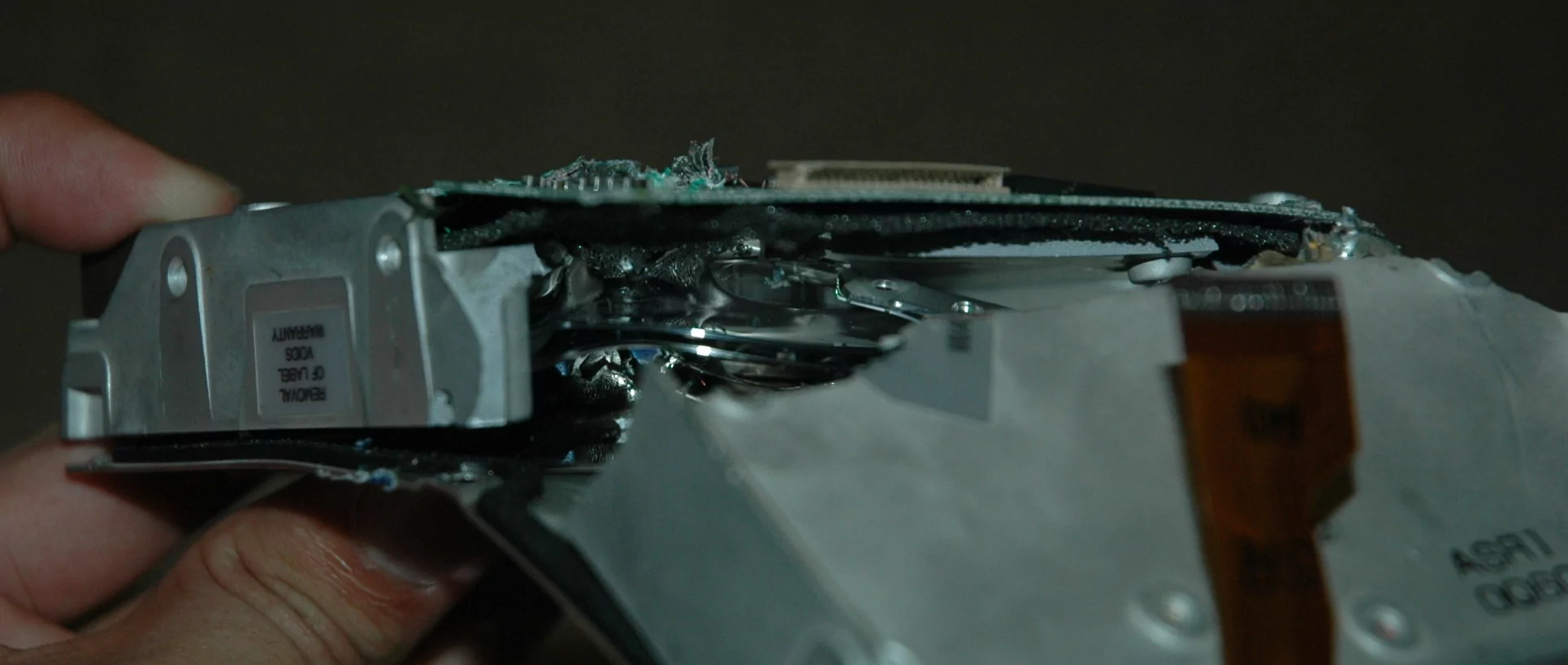mark 3
This is a relatively portable aircannon meant
to be carried by a person. It features a 3' x 4" chamber, and a 5' x 2"
barrel. The piston valve is an improved design that fills more quickly and
seals better than the one in the Mark 2. The size and shape allow it to be
easily carried, thus eliminating the setup necessary to position and aim the
earlier cannons.
A new projectile was developed for this cannon, based on
modern anti-tank rounds.
Stainless steel guide rods from scanners and printers
are sharpened to a point, then fitted with fins. A steel disk is placed at
the end as a pusher, and pieces of foam cut from a pool noodle are used to
keep the rod centered. An improved sabot is being designed, based on the
spindle sabots used on actual anti-armor rounds.
![cannon]() |
The Mark 3. The design is simple. The parts are all fairly obvious
and the valve assembly is almost identical to that of the Mark 2. |
 |
We decided a 5' long barrel was not long enough, so this was our solution: a 10' segment
of 2" PVC to be coupled on to the end with that rubber coupler. Calculations
indicate that this should provide two to 2.5 times the output energy. The coupler is
soft, which makes alignment problematic. This will eventually be fixed with some bracing
or a mount. |
 |
A CAD drawing of how the new sabot will go together, and what each layer looks
like. It is made of thin metal disks separated by plastic disks, all bolted together.
The metal disks have a smaller inside diameter and thus grab onto the barbs on the
projectile. |
 |
A couple of rods we shot through various things. The bent one ended up that
way after travelling through a hard drive, a CD-ROM drive, a computer, and a book,
finally hitting a tree while spinning and deforming the rod. It has grooves cut into the tip
such that it resembles a Phillips screwdriver. The bottom one has no such grooves and
we suspect penetration is decreased because of it. |
 |
This is a hard drive shot with a rod using the '+1' barrel extension. Priority Mail
stickers were used as tape to hold the drive to the target stand. |
 |
Disassembling the hard drive reveals that the rod went through the front cover,
two platters, the back cover, and the circuit board. Note the four-pronged burr on the hole
in the front cover, suggesting that the four grooves cut into the tip of the projectile
performed as expected and produced a sort of cutting action on the plate. |
 |
This is another hard drive, shot twice with the same projectile. This drive was somewhat tougher
than the previous one, with a steel front cover and three platters instead of two. The first shot
struck approximately the same place as the shot on the previous drive, again penetrating the entire
drive. The second shot struck the voice coil magnet, shattering it and tearing apart the magnet's
backing plates, and breaking the entire drive casing in two. |
 |
Here is a closeup showing damage to the platters and other internal components. |
 |
A computer case after being the recipient of several rods. This was the backstop against which our
targets were placed. |








